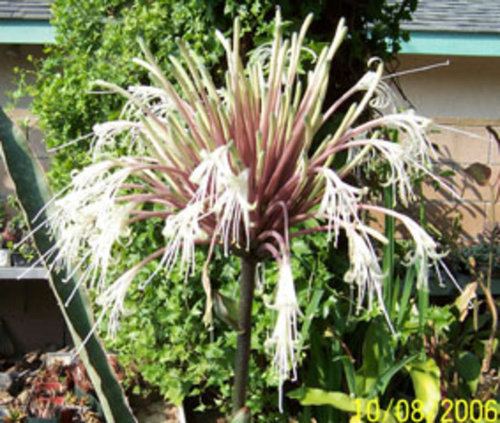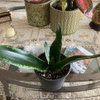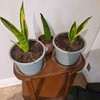Capitate Raceme?
Solar_Storm
11 years ago
Just thought I'd post an old infloressence. The plant was named S sp. from Dyke and Shamva. The owner (Carol Causey) bought it from Hermine Stover about 1980. And Hermine grew it from seed purchased from a African source who had offered it in ALOE. After it flowered, I bought the plant in 2004, split it and shared rooted cuttings with several people. After Juan published "The Splendid Sansevieria", I thought it fit the description of S scimtariformis. Yhe plant is hiddlen, but those flower tubes were about 10" long. !!!




bonsaigai
Michaela
Related Professionals
River Forest Landscape Architects & Landscape Designers · Willowick Landscape Architects & Landscape Designers · Sahuarita Landscape Architects & Landscape Designers · Azalea Park Landscape Contractors · Edwardsville Landscape Contractors · Middletown Landscape Contractors · Sun City Center Landscape Contractors · Waldorf Landscape Contractors · West Palm Beach Landscape Contractors · York Landscape Contractors · Augusta Window Contractors · Bay Point Window Contractors · Bloomington Window Contractors · The Villages Window Contractors · Roselle Park Window ContractorsSolar_StormOriginal Author
hermine
hermine
Solar_StormOriginal Author
hermine
Stush2049 Pitts. PA, zone 6
hermine